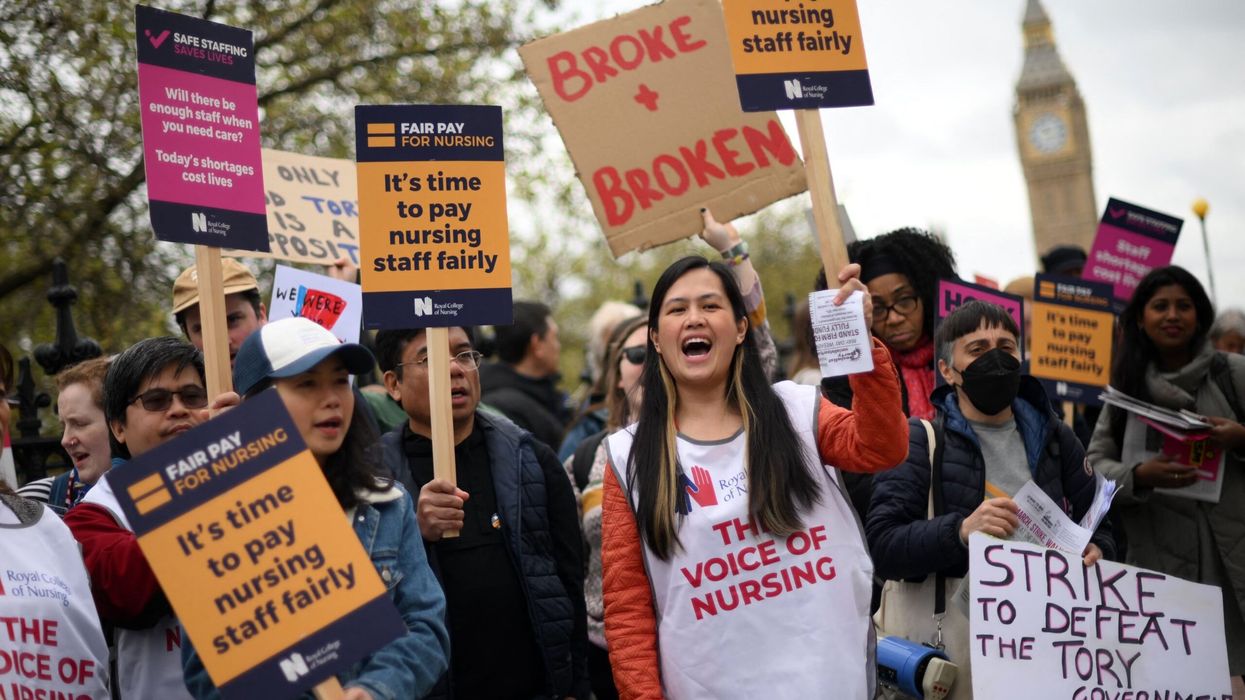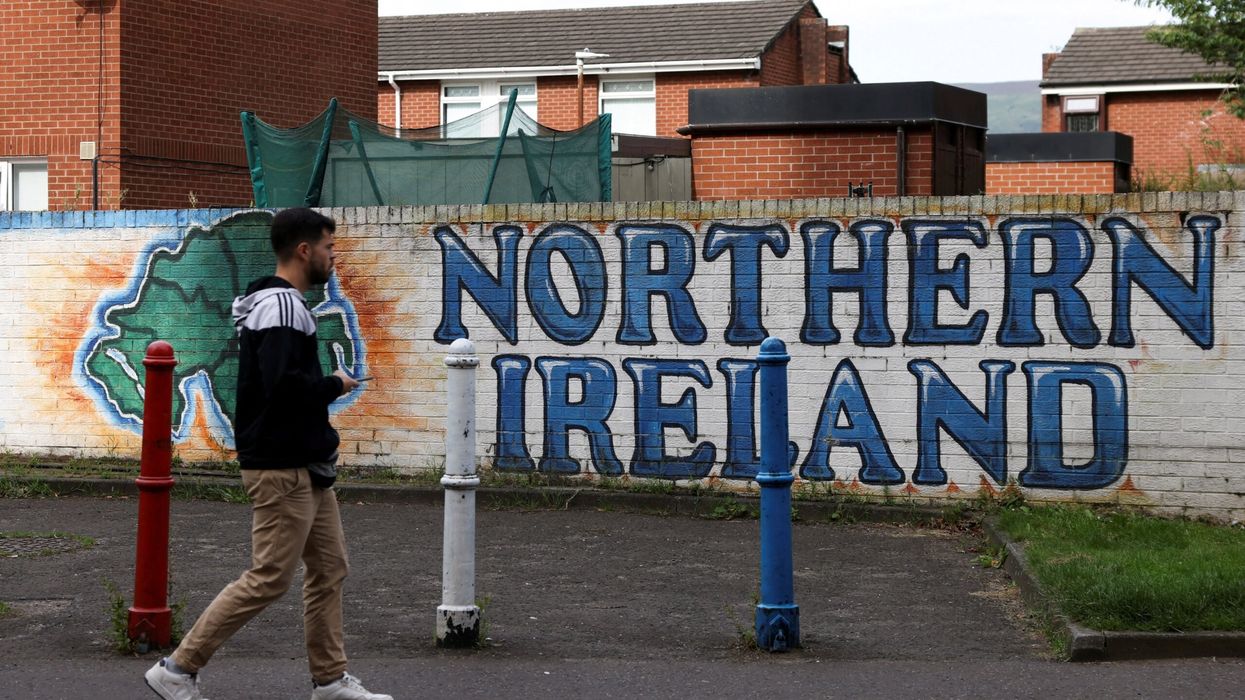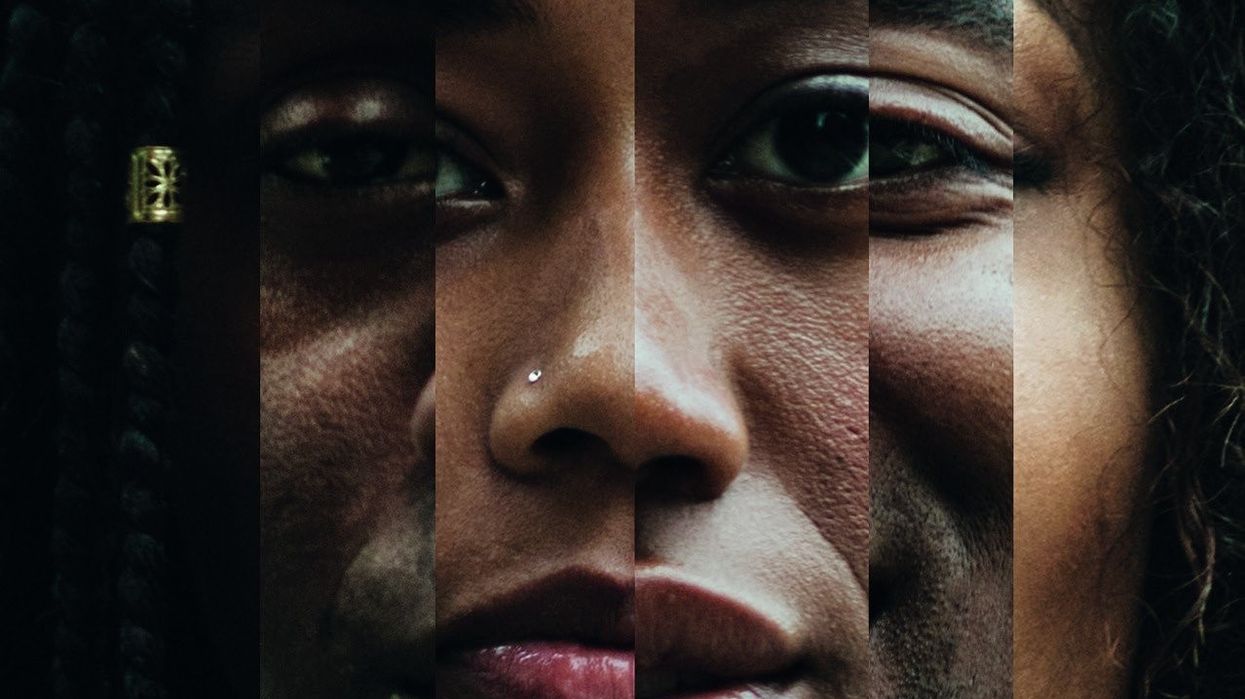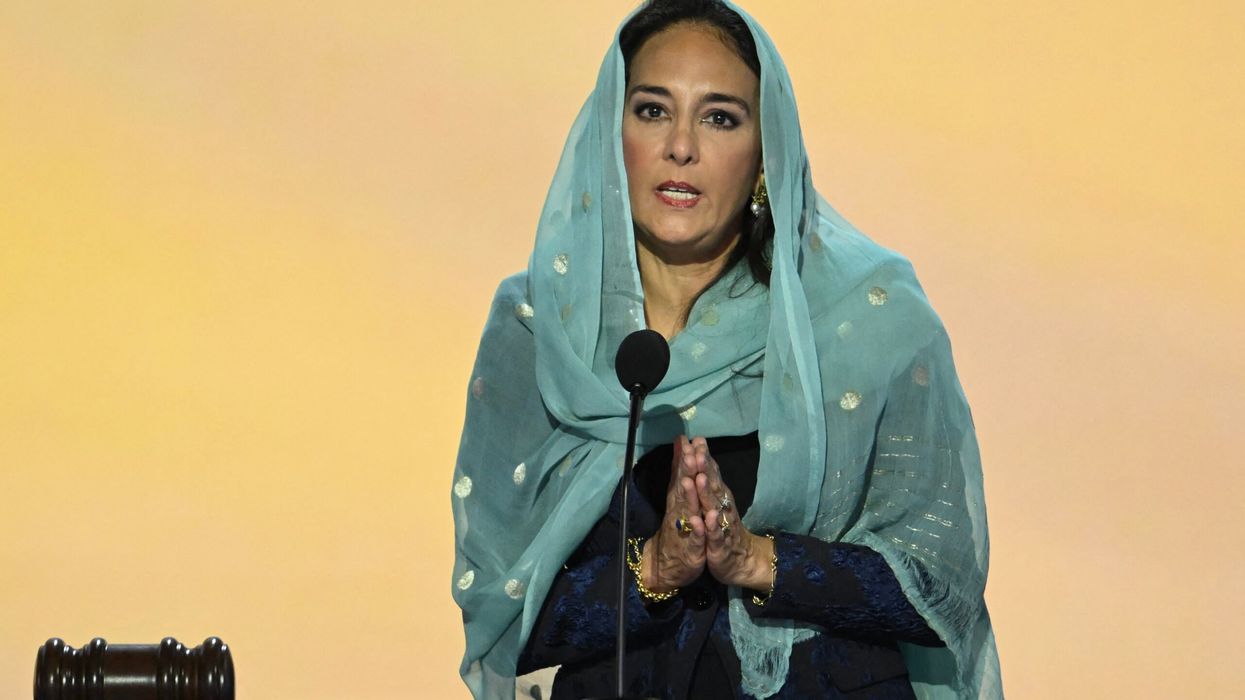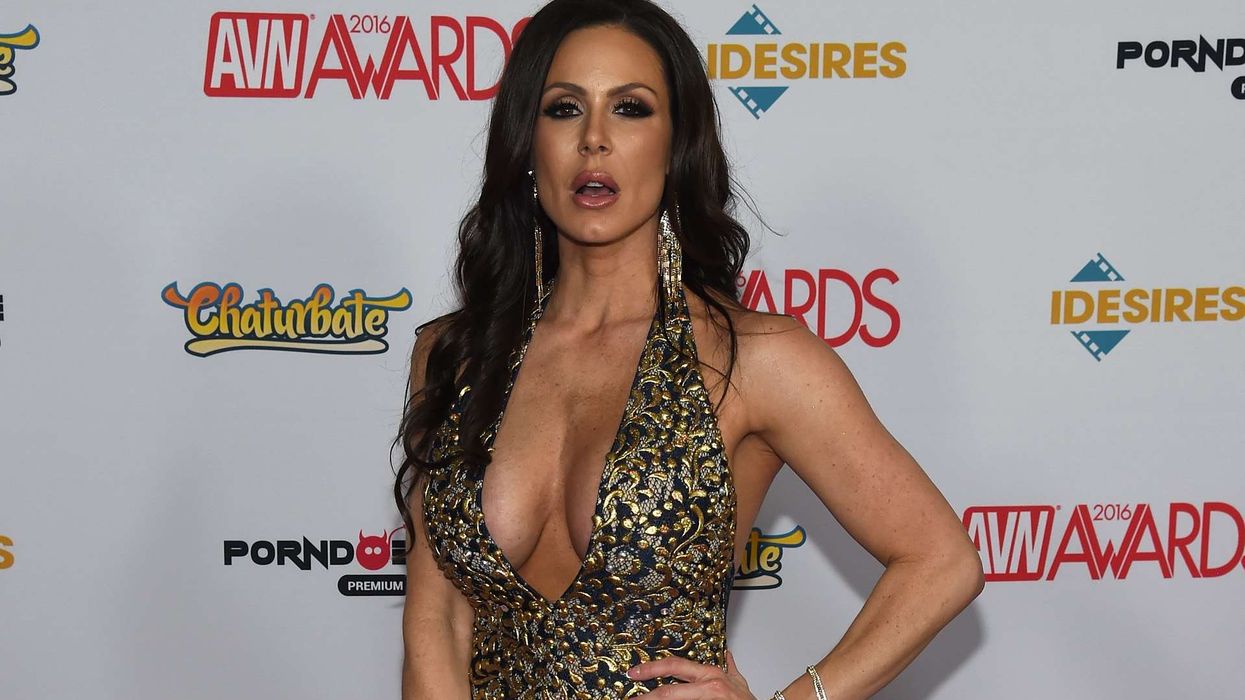by RUPA JHA
BBC World Service
THE landslide victory last week of India’s prime minister Narendra Modi and his Bharatiya Janata party (BJP) seems to be proof of Modi’s invincibility, at least for now.
It also signals an endorsement of an increasingly nationalist stance at the seat of
government.
Historically, it has proved hard to convince the world’s biggest electorate – and it was a record this time – to give a prime minister a second term. The Gandhi dynasty
achieved it, of course, but since 1947 it has only previously happened three times before.
The fact that Modi last week became the fourth one to achieve this feat suggests that it’s about the man more than the party.
It is an important moment for India because he has proven to be a divisive force – one who worries minorities – and has a tendency to talk and act tough. His charisma and unique popularity among Indian masses are undeniable, but he is loved passionately by his fans and loathed in equal measure by opponents.
The rapid electoral success of his BJP demonstrates that Hindutva as a political ideology has now got more acceptance in mainstream society. Hindutva makes no bones about Hindus having a greater claim than members of other religions over India.
The electoral success also proves that the BJP has become the new centre of gravity in Indian politics, replacing the once dominant Congress Party which has been the biggest force on the Indian political scene in post-independence India.
But this win for Modi comes with the massive challenges of creating more jobs, generating
higher incomes and protecting people from communal aggression.
His idea of transforming India from a balancing power to a leading one will fail unless he acts on these challenges.
This was one of the most bitter and divisive election campaigns we have experienced, featuring political rhetoric that hit an alltime low.
In 2014 much of the political argument was around issues of development, but in 2019 the narrative shifted to nationalism, security issues and Pakistan.
The BJP and Congress slung plenty of mud at each other, accusing each other of corruption,
favouritism, and dynasty politics.
George Bernard Shaw said – An election is a moral horror, as bad as a battle except for the blood; a mud bath for every soul concerned in it. This is what we have just witnessed in India.
What stood out for me was the clever use of a particular campaign by the BJP, based around the phase; “main bhi chowkidar which means, “I too am a watchman”.
In using this, Modi styled himself as the national chowkidar, or watchman.
This was in response to the Congress’ accusation that the prime minster had illegally favoured a leading Indian billionaire Anil Ambani in a fighter jet contract.
Congress president Rahul Gandhi came up with a jibe – Chowkidar chor hai – the watchman is a thief. Then one fine morning you wake up to see that the entire
cabinet and all BJP leaders as well as many ordinary supporters had added a prefix to their Twitter handles – Chowkidar – the watchman.
The opposition’s high-pitched corruption charges against the prime minister didn’t seem to stick. That could be because he still has an image of not being corrupt as he has no immediate family and therefore no apparent reason to amass wealth. His supporters see him as someone whose only priority is the nation.
Modi started the year on a slightly wobbly footing, struggling on various accounts;
jobs, the economy, dealing with the distress and in many cases, suicide
of farmers.
But that all appears to have changed on February 14, after a suicide attack on a military convoy in Pulwama in Kashmir killing 40 paramilitary soldiers.
Modi immediately ordered retaliation by striking targets inside Pakistan, who then hit back the following day, bringing the countries closer to all-out war than they had been in two decades.
This became a major thread of the campaign whereby Modi was projected as a decisive prime minister who is not afraid of taking on an “enemy country”.
The main opposition Congress Party did try to shift the focus of the campaign to corruption and social issues, campaigning hard on promises to guarantee the country’s poorest citizens a Rs 72,000 (£800) annual income.
But that clearly didn’t work for them. The BJP has crushed not just Rahul Gandhi but every major opposition leader.
It is also interesting to analyse how media covered this election.
It was the prime minister who received wall-to-wall media coverage. Data from the television viewership monitoring agency showed about three times more TV airtime than Rahul Gandhi during the month leading up to voting.
There were also frequent allegations that the media were being soft on the prime minister.
Whatever the issues and the rhetoric around this election are, it is good to see the extent to which people engaged with the process. Gone are the days when voters didn’t come out to vote, despite the sheer scale and complexity of the election.
This year seems, in particular, to be a year when the percentage of women voters has almost reached parity with the number of male voters and this has to be a massive achievement.
Political parties have also started taking women as a major vote bank. The BJP did launch many policies targeting women, such as the Ujjawala yojna which provides free cooking gas (liquefied petroleum gas or LPG) to poor women.
However, through our own increased BBC reporting via our four new services Gujarati, Marathi, Telugu, Punjabi and our existing services of Hindi, Tamil, Bangla and Urdu we found that many houses were not opting for this service as they had no money for a refill. Analysts feel that these policies did give the BJP an edge even if the success of these policies has been limited.
This year 2019 is a watershed moment for India. A second term for the BJP under Modi’s leadership is seen by many as the beginning of a more aggressive Hindutva agenda in the country, which is likely to alter the secular contours of the country.
His supporters see this as the beginning of a more stable confident nation.
However, Pratap Bhanu Mehta, a leading public intellectual said recently, “If some balance of power is not restored in the 2019 elections, democracy will be in peril in India”. He added: “nationalism is being used to divide people”.
Not surprisingly, supporters of Modi don’t agree with this assessment.
For them he is the only leader capable of delivering the promise of “acche din” – or good
days – a promise he originally made in 2014.
Rupa Jha is head of Indian languages for BBC World Service. She is based in Delhi, the BBC’s third largest bureau outside the UK.
